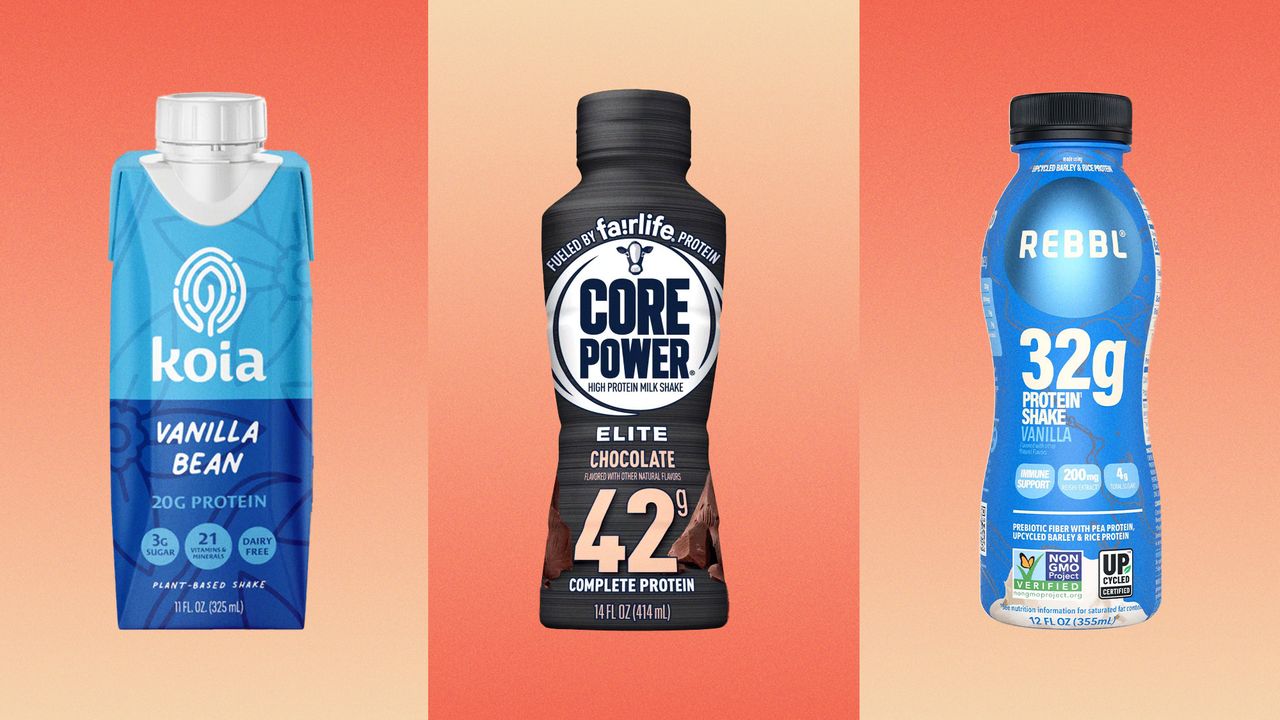Flaxseed’s benefits are plentiful: Despite their petite constitution, the tiny morsels are chock-full of nutrients. Regular consumption of flaxseed has been shown to boost health and mitigate disease. But before you go about incorporating them into your diet, it’s well worth learning how to cook and bake with them properly, and what the difference is between flaxseed and flaxmeal.
Benefits of flaxseed
Two tablespoons (about one serving) of ground flaxseed have around 70 calories, nearly 3 grams of protein, and 4 grams of fiber. The powerhouse seed is also a good source of antioxidants, heart-healthy omega-3 fatty acids (specifically alpha-linolenic acid), lignans, magnesium, and vitamin B1.
Flax is known to promote good digestive health and prevent constipation, thanks to plenty of insoluble fiber and soluble fiber (both of which facilitate digestion and regular bowel movements through slightly different means). According to the Mayo Clinic, “Flaxseed may also help lower total blood cholesterol and low-density lipoprotein (LDL, or “bad”) cholesterol levels, which may help reduce the risk of heart disease.” Some clinical trials suggest that flaxseed can also lower blood pressure and blood sugar levels.
What’s the difference between flaxseed and flaxmeal?
Flaxseeds aren’t ideal to eat on their own, as our bodies aren’t equipped to break down whole flaxseed and subsequently digest all of those health benefits. You can buy it pre-ground in the form of flaxmeal (think: flaxseed is to flaxmeal as coffee beans are to coffee grounds), but a coffee grinder easily transforms the whole seeds into a more usable form. Only grind what you need, as flaxseed tends to spoil quickly once ground. You can buy bags of pre-ground flaxseed meal at the store if you need the convenience, but it’s best to use your supply quickly, as it can go rancid a few weeks after opening the package.
You can opt to get your flax fix through bottled flaxseed oil, which is rich in nutritious omega-3 fatty acids; however, due to its extraction method, it contains no fiber. One perk of flaxseed oil, however, is that it makes an excellent seasoning choice for your beloved cast-iron pans.
Any difference between golden flaxseed and brown flaxseed?
Nutritionally, the two tones of flaxseed are equal. And in flavor, you’d be hard pressed to tell much difference unless you tasted them side by side—or if you ate a lot of the stuff. That said, brown flaxseeds tend to have an earthier taste, and when ground can exhibit more bitter notes. Golden flaxseed can be thought of as milder, but still nutty. The latter is generally easier to incorporate into baked goods since it contributes fewer competing flavors.
How to cook with flaxseed
Beyond the health benefits of flaxseed, it can provide a mild, nutty, earthy flavor and pleasant texture to your cooking and baking.
In pulverized form, it’s easy to incorporate into your baked goods, breakfast, and beverages. Mix it into the dry ingredients of pancake batter, waffle batter, muffin batter, or bread dough (Bob’s Red Mill advises “flaxseed meal can replace 10-20% of the total flour in a recipe.”) Blend ground flaxseed or flaxmeal into smoothies and juices, or use it to top hot or cold cereal. You can even make a vegan baking substitute for eggs by mixing 1 Tbsp. ground flaxseed with 3 Tbsp. cold water and letting it sit until gelatinous. Colloquially known as a flax egg, this product behaves much like an egg white in practice, according to senior food editor Shilpa Uskokovic. Although it won’t whip up or add the richness of an egg yolk, it does have binding power and can be used to replace one large egg in cakes and quick bread recipes.


